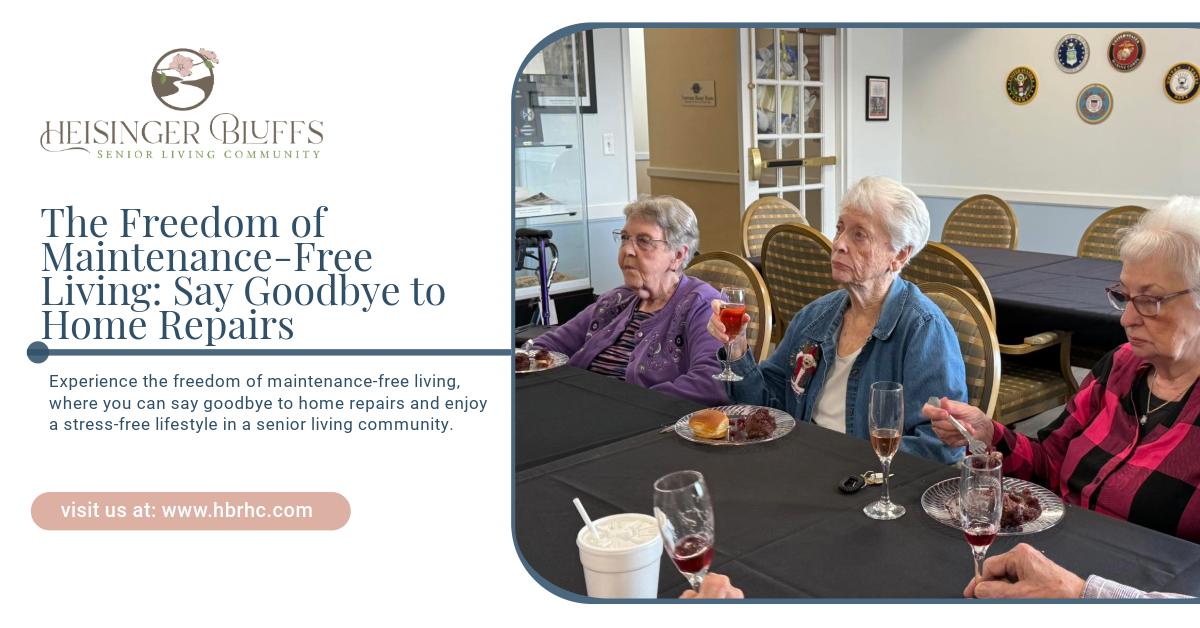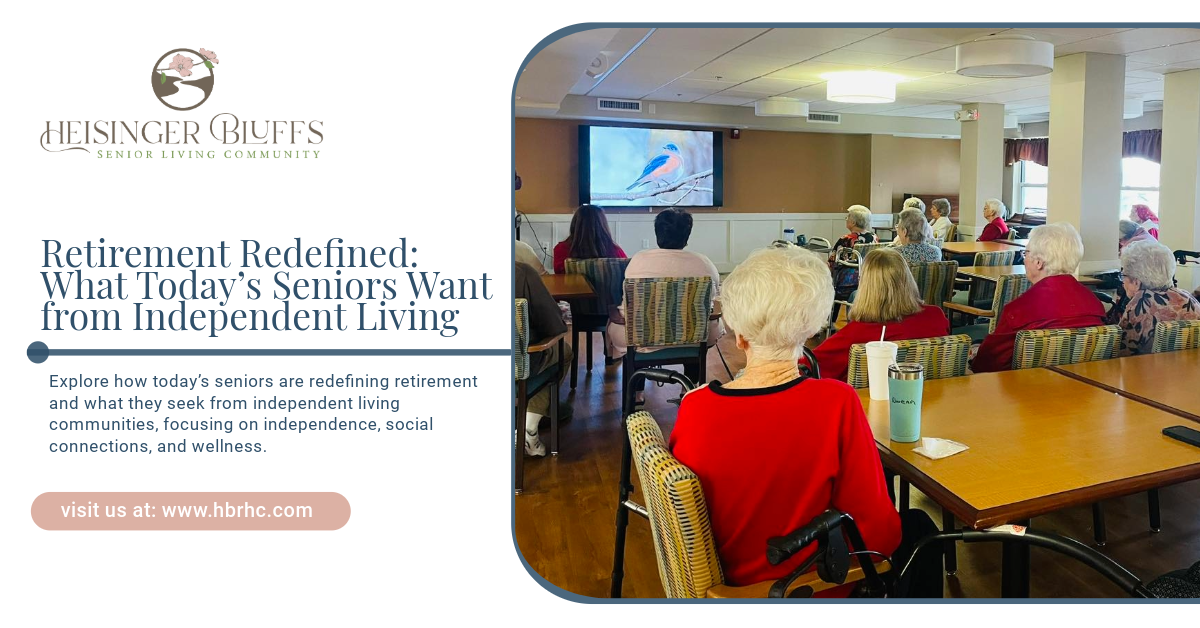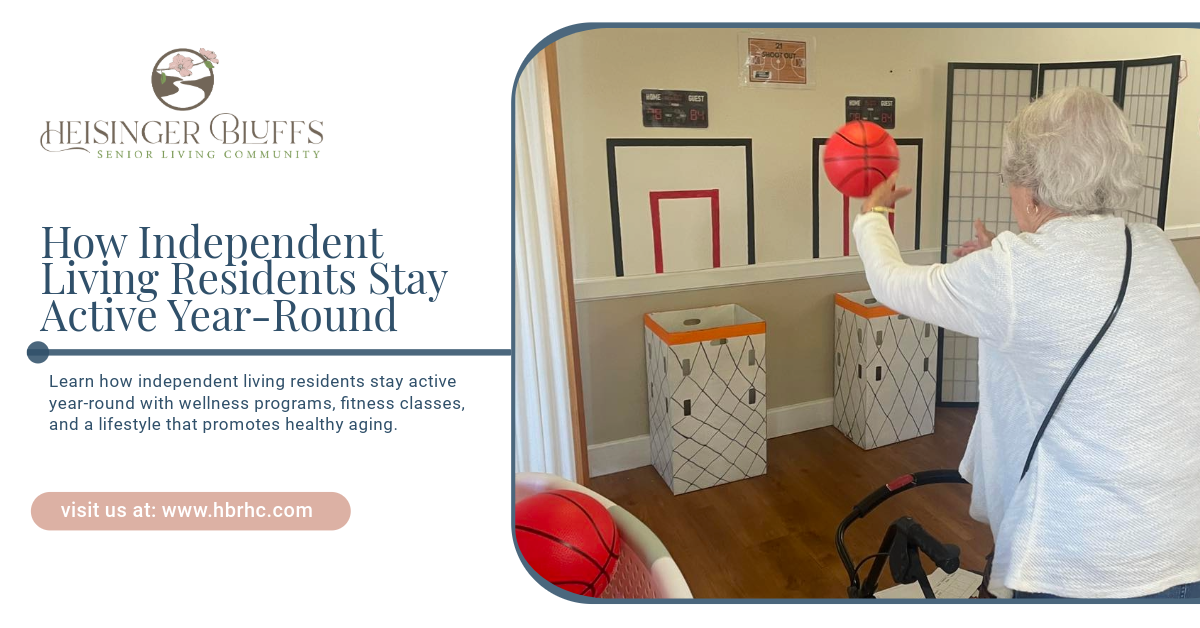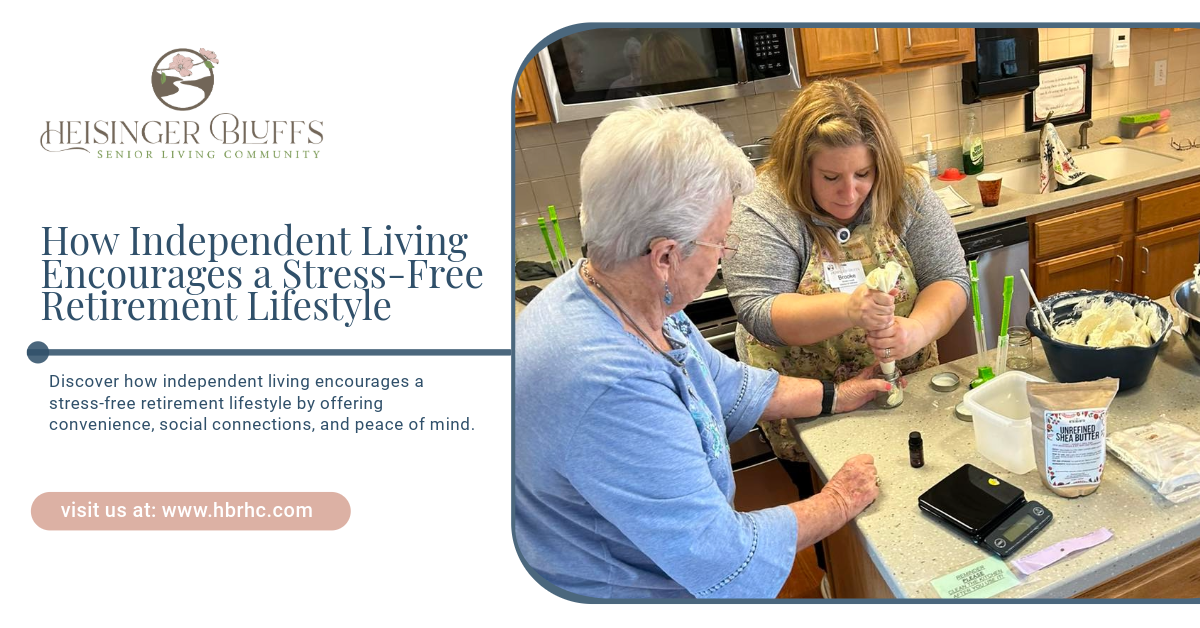Get in touch
Adapting to Changing Health Needs: The Benefits of a Continuum of Care Community

Benefits of a Continuum of Care
Aging brings changes in health and lifestyle that can be difficult to predict. Some seniors remain active and independent for years, while others may require additional support due to medical conditions or mobility challenges. Planning for these transitions in advance ensures peace of mind and quality care without unexpected disruptions.
This is where a continuum of care community provides a significant advantage. A continuum of care community offers multiple levels of support—independent living, assisted living, memory care, and skilled nursing—all within one location. This model ensures that as a senior’s health needs evolve, they can receive the appropriate level of care without the stress of relocating to a new facility.
In this blog, we’ll explore the benefits of a continuum of care community and why it is a smart choice for seniors and their families.
1. Seamless Transitions as Health Needs Change
One of the biggest concerns for seniors is what happens when their health or mobility changes. Moving to a new care facility can be overwhelming, particularly for individuals with cognitive impairments or mobility issues. A continuum of care community provides a seamless transition from one level of care to another, ensuring:
- Familiar surroundings: Seniors remain in the same community, reducing stress and confusion.
- Consistent medical care: They receive care from the same trusted providers.
- Strong social connections: Relationships with friends, caregivers, and staff remain intact.
By choosing a continuum of care community early, seniors can avoid the need for multiple relocations and experience a smooth transition as their health needs evolve.
2. Comprehensive Healthcare Services in One Location
Aging can bring unexpected medical needs, from minor assistance with daily tasks to more advanced care requirements. In a continuum of care community, seniors benefit from a full range of healthcare services, including:
- Primary and preventive care: Routine checkups, health screenings, and wellness programs.
- Rehabilitation services: Physical, occupational, and speech therapy for recovery after injury or surgery.
- Memory care support: Specialized care for individuals with Alzheimer’s or other forms of dementia.
- 24/7 skilled nursing: High-quality medical care for those with chronic illnesses or recovering from surgery.
This comprehensive approach ensures that residents receive timely medical care without the hassle of traveling between different healthcare providers or facilities.
3. Personalized Care Plans for Individual Needs
Every senior has unique health needs, which is why personalized care plans are essential. A continuum of care community offers individualized care tailored to each resident’s:
- Medical history: Adjusting services based on chronic conditions or past medical treatments.
- Lifestyle preferences: Encouraging independence while providing necessary assistance.
- Cognitive and emotional well-being: Supporting memory care and mental health.
With a personalized approach, seniors receive the right level of care at the right time, promoting better health outcomes and an improved quality of life.
4. Cost-Effective Long-Term Care Planning
One of the financial advantages of a continuum of care community is cost predictability. Instead of facing unexpected healthcare expenses or paying for multiple moves, seniors and their families can plan for long-term care costs with confidence. Benefits include:
- Stable monthly fees: Covering housing, meals, utilities, and healthcare services.
- Elimination of home maintenance costs: No need for costly home modifications or repairs.
- Reduced medical expenses: Preventive care and early interventions help manage health conditions before they become costly emergencies.
By investing in a continuum of care community early, seniors can protect their assets while ensuring they receive high-quality, consistent care throughout their later years.
5. Enhanced Social Engagement and Mental Well-Being
Social interaction is essential for senior health, reducing the risks of depression, loneliness, and cognitive decline. A continuum of care community offers:
- Daily social activities: Exercise classes, arts & crafts, book clubs, and more.
- Community dining experiences: Shared meals encourage friendships and a sense of belonging.
- Support groups and therapy sessions: Providing emotional support for seniors adjusting to new health challenges.
By staying in the same community as their needs evolve, seniors maintain their social connections and continue to engage in activities they enjoy.
6. Increased Peace of Mind for Families
Caring for an aging loved one can be overwhelming, especially when health needs change unexpectedly. A continuum of care community provides families with:
- Reassurance that loved ones are receiving appropriate care
- Less stress about coordinating medical services and transportation
- Confidence in the quality and consistency of care
Knowing that their loved one is in a safe, supportive environment allows families to focus on spending quality time together rather than worrying about finding the right care.
Conclusion
A continuum of care community offers a comprehensive, cost-effective, and stress-free approach to senior living. With seamless transitions between levels of care, personalized healthcare services, and a strong sense of community, seniors can age with confidence knowing their evolving needs will always be met.
At Heisinger Bluffs, we provide a full continuum of care designed to support seniors at every stage of aging. Our compassionate team ensures that residents receive top-quality care in a familiar, comfortable environment. Contact us today to learn how our community can provide security, support, and peace of mind for you or your loved one.
Frequently Asked Questions (FAQs)
What makes a continuum of care community different from other senior living options?
A continuum of care community offers multiple levels of care—independent living, assisted living, memory care, and skilled nursing—within one location, allowing residents to transition seamlessly as their health needs change.
Is a continuum of care community more expensive than traditional senior living?
While the initial costs may be higher, a continuum of care community provides financial stability and predictability, eliminating unexpected medical expenses and relocation costs in the future.
When is the best time to move into a continuum of care community?
The best time to move is before a senior requires advanced care. Moving in early allows for a smoother transition, more housing options, and greater long-term financial benefits.
Sources:
- https://pmc.ncbi.nlm.nih.gov/articles/PMC4978365/
- https://pmc.ncbi.nlm.nih.gov/articles/PMC10998868/
- https://mcpress.mayoclinic.org/healthy-aging/a-surprising-key-to-healthy-aging-strong-social-connections/
- https://www.alzheimers.org.uk/about-dementia/types-dementia
- https://www.ncoa.org/article/the-top-10-most-common-chronic-conditions-in-older-adults/



Want to know more?
We will get back to you as soon as possible.
Please try again later.
You May Also Like To Read
Heisinger Bluff’s Life Plan Community is here to make your senior years safe, stimulating and enjoyable so that you can savor the present, knowing the future will be taken care of.
QUICK LINKS
CONTACT
©2024. Heisinger Bluffs. All rights reserved.








